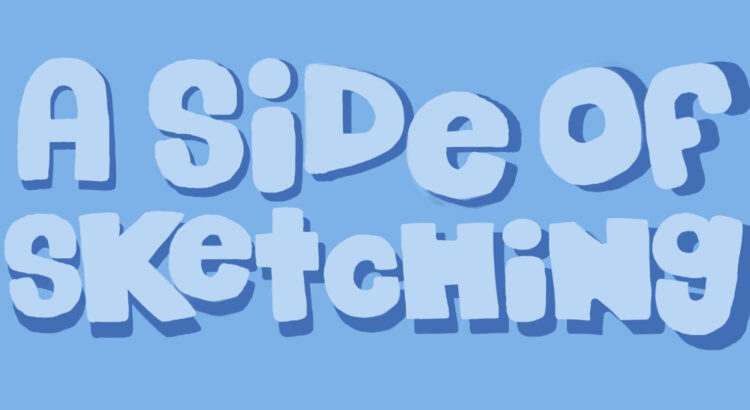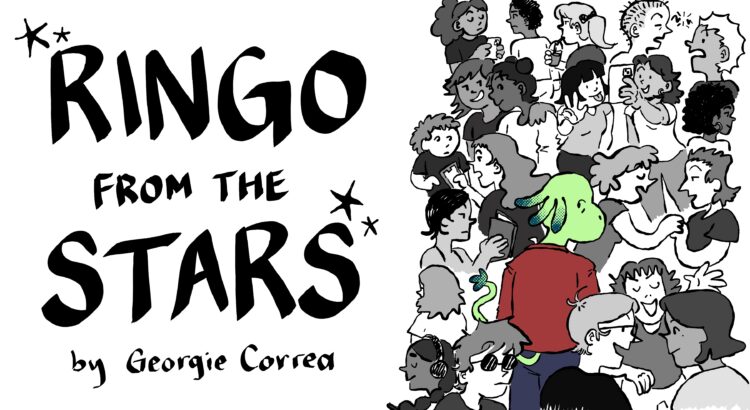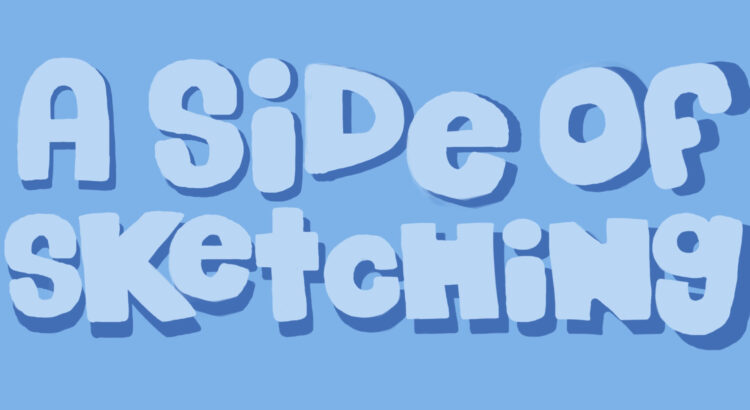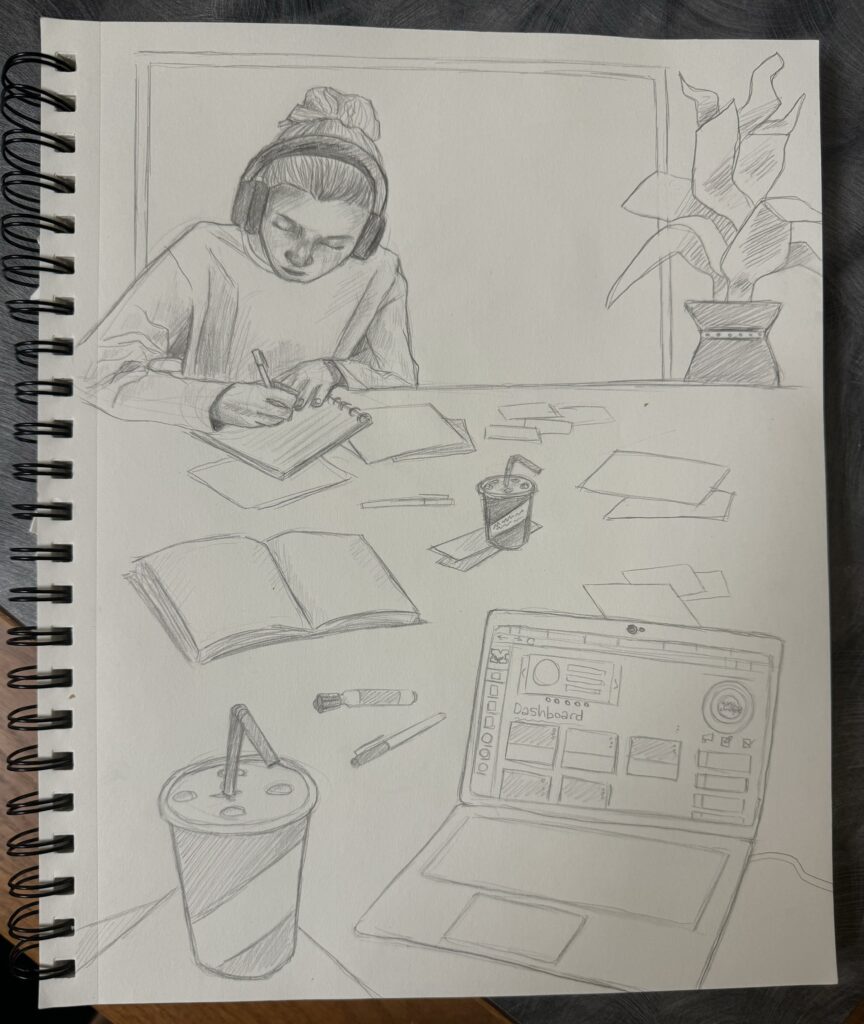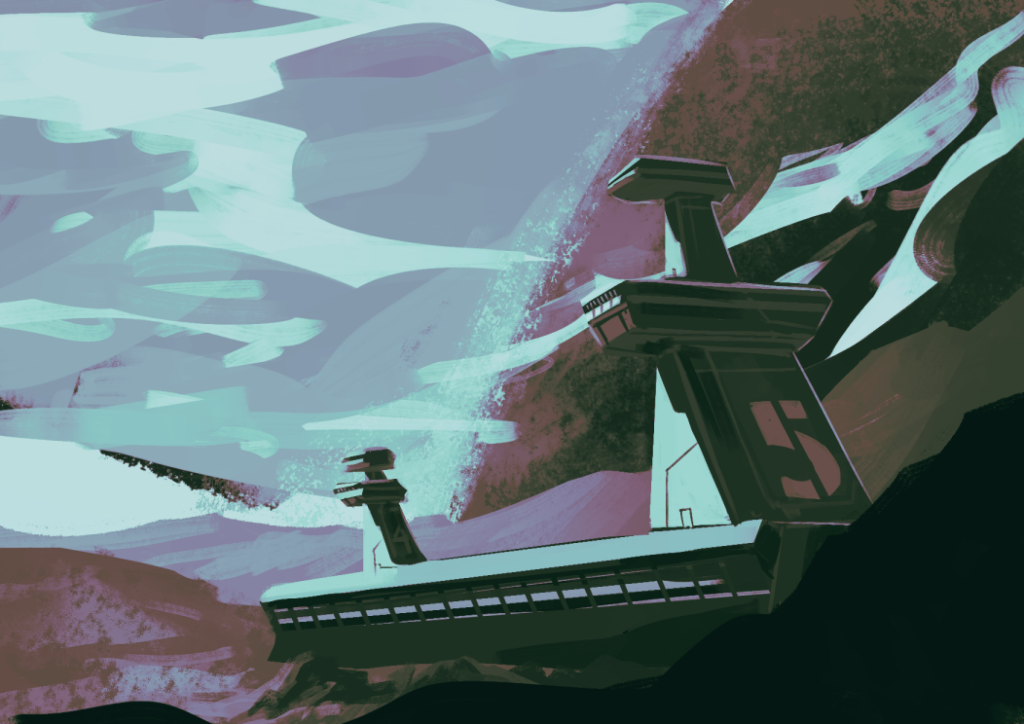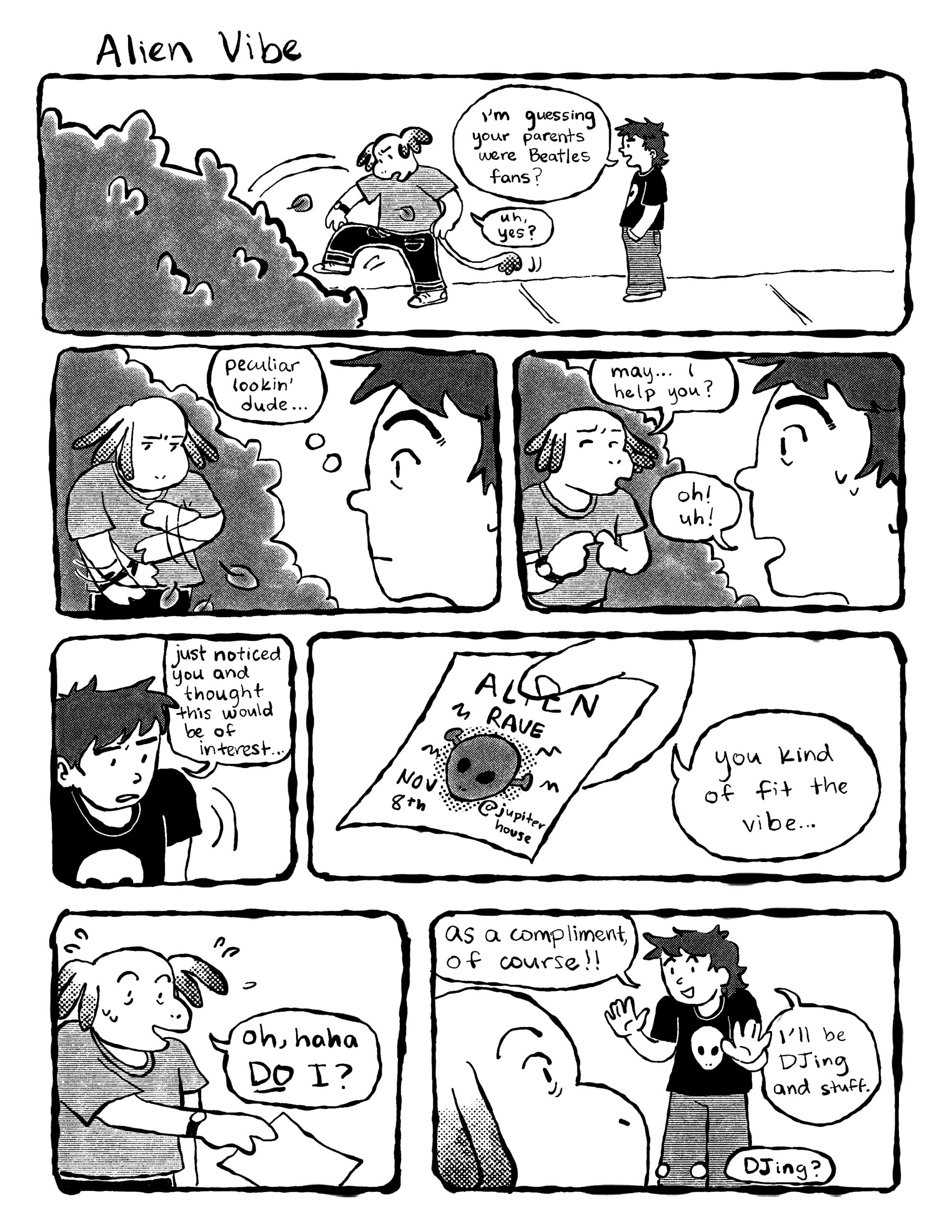Hi all! This week’s page is inspired by some of the displays featured in Michigan’s Museum of Natural History. The sketch on the top is of a T-Rex skull, and the one on the bottom is of a mastodon skeleton. I rarely take the time to add line art to my sketchbook sketches, but looking at a fully polished ballpoint pen sketch is always so satisfying. In hindsight, I think that I could have done more with the crosshatching to really build up the contrast, but I am still pleased with the final page.
If you haven’t taken the time to explore the Natural History Museum yet, I highly, highly recommend it! The cafe lobby and halls make for great study spots, and the exhibits themselves are very interesting- even if you aren’t a big history nerd : )


